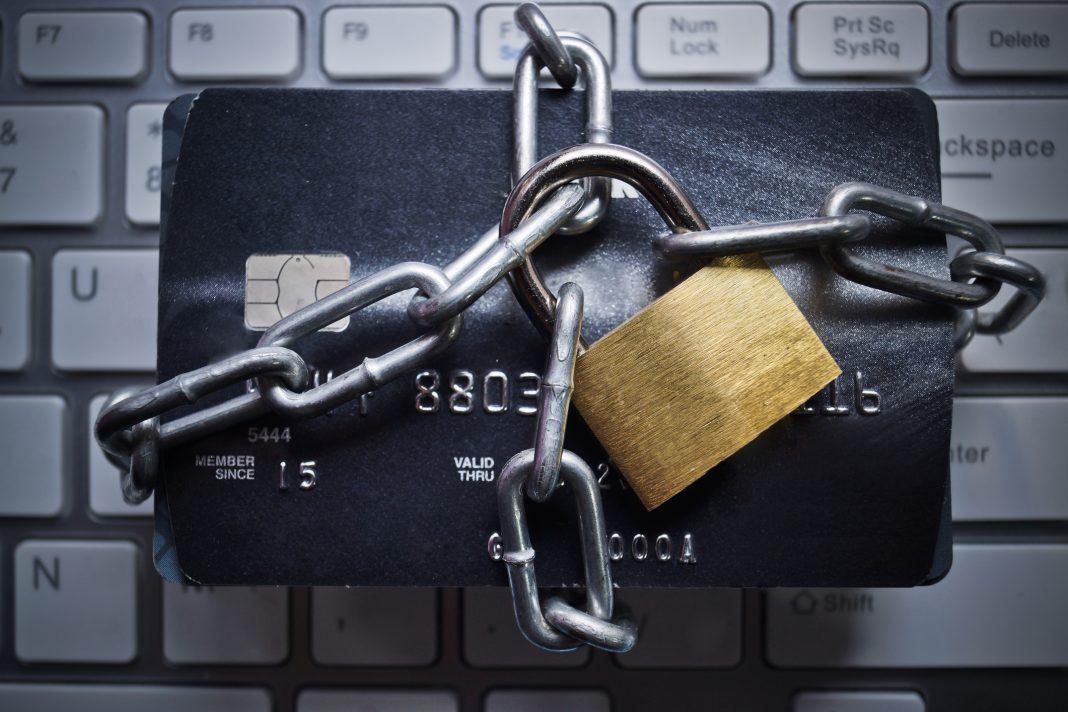More than 145 million Americans were compromised by the Equifax breach, their most sensitive information no longer a secret—including Social Security numbers. The epic breach included all the data that a criminal might need (and more) to commit a smorgasbord of identity-related crimes.
The response? Equifax offered a free one-year subscription to their identity protection services program as well as a credit freeze service free-of-charge. The deadline to sign up for that was recently extended to June 30, 2018. But if you are like most people affected by the breach, that deadline is meaningless. Three weeks after the breach was disclosed less than 1 percent of people eligible had signed up for the service, and the adoption rate is still anemic.
Reality bites
It will take time—and some real-life consumer horror stories—for people to realize why they should avail themslves of every protection out there, and start signing up for them.
Consider, this is the first tax season since the mega-data breach. While it is true that the IRS has gotten a lot better at detecting identity-related tax fraud, never before has the agency faced such a potential glut of fraudulent returns.
Bottom line: most consumers do not yet understand the enormity and permanence of the crime that was committed against them by proxy when Equifax got hacked.
A group of House Democrats wants to address that fact. In a recent letter to Equifax co-signed by every Democrat member of the House Oversight and Government Reform Committee, Equifax was urged to increase its current offer of a year’s free credit monitoring and identity theft protections to three years.
“Given the sensitive nature of the personal information that was stolen—and the ability of criminals to store and use that information for years to come, we believe that the millions of U.S. consumers whose personal information was compromised in the Equifax data breach should receive the most robust form of credit protection and identity theft services available,” the letter stated.
Half measures
Equifax recently unveiled a new service that they are calling “Lock and Alert.” Similar locking products are offered by Experian and TransUnion. There are two differences between a lock and a freeze worth noting. First, the lock is free. There is no deadline to sign up, and no limit to the time it will be made available to consumers. The other difference falls under a category I like to call: “If it’s free, you’re the product.” While the locking products are offered free, look at the fine print and you will notice that your information is being offered to third parties that can use it for marketing—presumably not for free—and you agree to this in exchange for the lock.
All that would be fine and good (depending on your need for privacy) were it not for the fact that scammers are more reliable than the U.S. Postal Service: neither freeze nor lock will deter the identity thief from his or her appointed rounds.
For instance, neither of these credit protection products will stop an identity thief from using existing credit accounts (for instance with a “card not present” charge) or draining a bank account. A freeze cannot stop a scammer from committing tax fraud or from stealing your medical care or committing crimes in an unwitting consumer’s name.
Here’s what you can do
- File your taxes early. How early? When you receive your W-2 and 1099 forms.
- Most fraud involves the take-over of an existing account, or simply the use of one. For this reason, use secure passwords that are not shared across your universe of accounts, and use two-factor authentication whenever it is offered.
- Set up alerts with your financial services and credit card companies that notify you whenever there is any activity in your accounts, enroll in a service that notifies you whenever your Social Security number is in play, and consider using a credit freeze or lock product.
- Remember that security questions are not terribly difficult for a scammer to guess, especially if you use social media. Consider lying in answer to those questions (but make sure you remember your lies!).
Finally, practice the Three Ms that I discuss at length in my book Swiped.
- Minimize your exposure. Never authenticate yourself to anyone unless you are in control of the interaction, don’t over-share on social media, be a good steward of your passwords, safeguard any documents that can be used to hijack your identity, and freeze your credit.
- Monitor your accounts. Check your credit report religiously, keep track of your credit score, review major accounts daily if possible. (You can check two of your credit scores for free every month on Credit.com.) And of course, sign up for transaction alerts on all your financial accounts.
- Manage the damage. Make sure you get on top of any incursion into your identity quickly and/or enroll in a program where professionals help you navigate and resolve identity compromises–oftentimes available for free, or at minimal cost, through insurance companies, financial services institutions and employers.
At the end of the day, the ultimate guardian of the consumer is the consumer. Practicing safe cyber hygiene on a daily basis is key.
If you’re concerned about your credit, you can check your three credit reports for free once a year. To track your credit more regularly, Credit.com’s free Credit Report Cardis an easy-to-understand breakdown of your credit report information that uses letter grades—plus you get two free credit scores updated each month.










